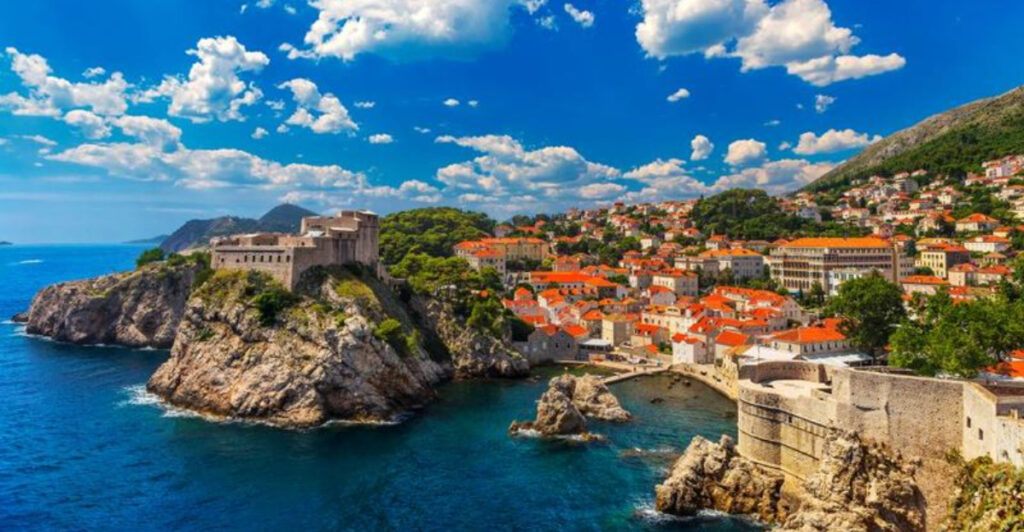In the world of cinema, locations often become as iconic as the films themselves. Yet, some of these famous spots have become inaccessible to the public, either due to environmental degradation, safety hazards, or cultural preservation. Here, we delve into 13 such locations that, due to various reasons, are now forbidden to tourists.
1. Maya Bay (Phi Phi Leh, Thailand) – The Beach (2000)

Maya Bay, nestled on Thailand’s Phi Phi Leh island, gained fame as the breathtaking backdrop for the 2000 film ‘The Beach.’ However, its allure led to an overwhelming influx of tourists, causing significant environmental harm. By 2018, the damage to the coral reefs and marine life was so severe that authorities decided to close the bay indefinitely.
The closure aims to allow the fragile ecosystem to recover. Tourists, once drawn to its pristine waters, are now kept at bay to ensure the area’s long-term preservation. The bay is a poignant reminder of the delicate balance between tourism and nature.
Despite its inaccessibility, Maya Bay remains a symbol of natural beauty, inspiring conservation efforts worldwide. Its story is a cautionary tale of what happens when nature’s allure becomes its greatest threat.
2. Puggy Line Railway Bridge (Fort William, Scotland) – Harry Potter
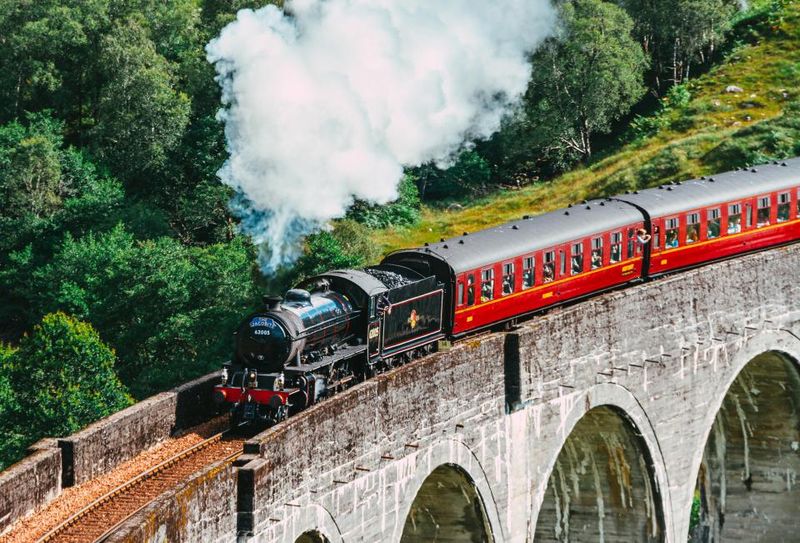
In the heart of Scotland, the Puggy Line Railway Bridge became a beloved spot for Harry Potter fans. Its picturesque setting as the route for the Hogwarts Express delighted tourists and locals alike. However, issues with structural safety have led to its closure.
Safety concerns have made public access impossible, marking a significant change for this once-popular pilgrimage site. The bridge stands as a testament to Scotland’s rich history and the magic of film but now lies silent, awaiting necessary repairs.
Visitors must now admire it from afar, appreciating its role in cinema and the rich tapestry of the Scottish landscape. The bridge’s closure is a reminder of the ever-changing nature of film tourism.
3. Old Tucson Studios (Arizona, USA) – Western films & TV

Old Tucson Studios, an iconic site for Western films and TV shows, once buzzed with the sounds of movie magic in Arizona. Known for hosting classics and modern Westerns alike, it was a must-visit for genre enthusiasts. However, the COVID-19 pandemic forced its closure in 2020.
Plans for redevelopment are underway, but access remains barred to the public. Without the familiar hustle and bustle of film crews and tourists, the space feels like a ghost town, echoing the past glory of the American West.
As it awaits a new chapter, Old Tucson Studios stands as a testament to the enduring allure of Westerns and the impact of global events on cultural sites.
4. Paramount Ranch (Agoura Hills, California) – Westworld, classic Westerns
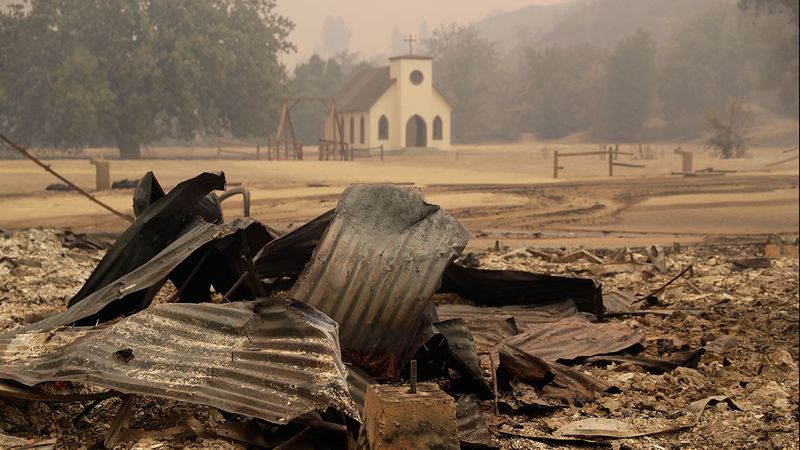
Paramount Ranch, nestled in Agoura Hills, was a storied location for both classic Westerns and contemporary series like ‘Westworld.’ In 2018, devastating wildfires swept through the area, erasing many iconic sets. The loss was not just of structures but of a piece of cinematic history.
The site is now heavily restricted, focusing on recovery and rebuilding. The rich legacy of filmmaking here is palpable, even amidst the ashes. Though off-limits, its spirit endures, reminding us of the fragility of both nature and human creations.
Paramount Ranch is a symbol of resilience and the ever-evolving narrative of film locations, now a quiet monument to its storied past.
5. Spahn Movie Ranch (Chatsworth, California) – Bonanza, The Lone Ranger
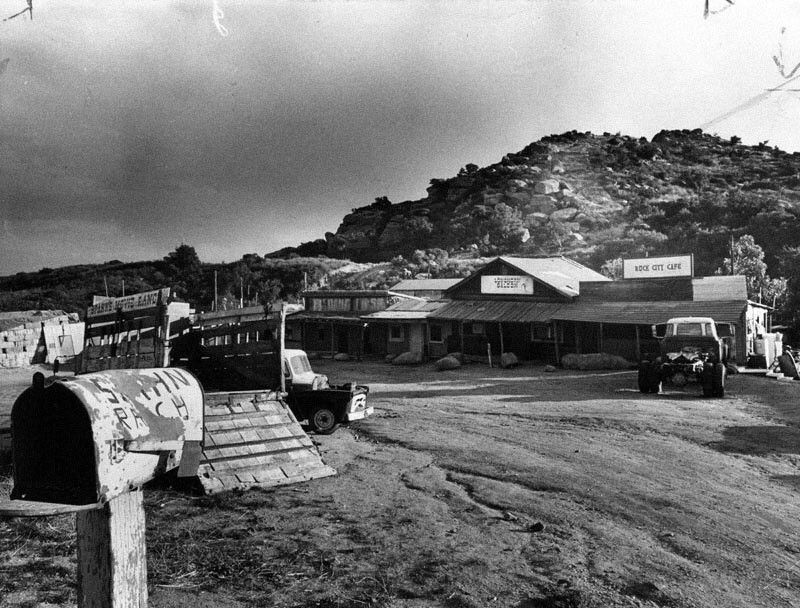
Spahn Movie Ranch holds a notorious place in the film and cultural history, once home to popular shows like ‘Bonanza’ and ‘The Lone Ranger.’ However, a devastating wildfire in 1970 razed the site, leaving it a shadow of its former self.
Today, the land forms part of Santa Susana Pass State Historic Park, with no access to the original movie sets. This transformation from a bustling film set to protected parkland reflects broader changes in land use and preservation.
The ranch’s history is a reminder of both the magic of filmmaking and the irreversible impact of natural disasters, intertwined in a tale of loss and rebirth.
6. Apacheland / Iverson Ranch (Arizona/California Western backlots)
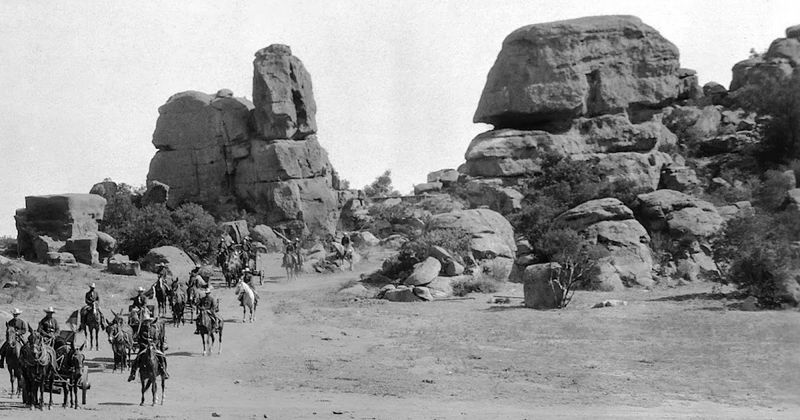
Apacheland, along with Iverson Ranch, epitomized the Western backlot era, providing backdrops for countless films. Each had its own unique charm, with Apacheland succumbing to fire and eventually closing permanently in 2004. Iverson Ranch, now private estates or parkland, has also lost its original film-centric allure.
These locations, now inaccessible, tell tales of a bygone era of filmmaking, where the rugged landscapes of the American West captured imaginations worldwide. The transformation of these sites speaks volumes about the changes in the film industry and land conservation.
Though no longer visitable, they remain etched in the annals of film history, a testament to the enduring appeal of the Western genre and the inevitable march of time.
7. Corriganville Movie Ranch (California, USA) – classic Westerns & early Star Trek
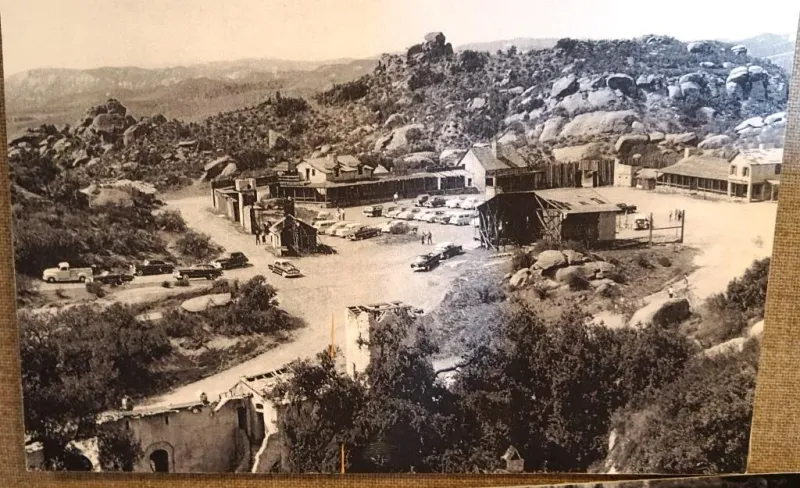
Corriganville Movie Ranch was a hub for classic Westerns and even early ‘Star Trek’ episodes, nestled in California’s scenic landscape. Fires in the 1970s significantly altered the site, and today it’s a public park with no remaining film sets.
The site’s transition from film set to public park reflects a common narrative of change, where nature reclaims spaces once dominated by the film industry. This transformation offers visitors a chance to reflect on the dual legacies of nature and cinema.
While the original structures are gone, the park is a peaceful reminder of its vibrant past, where stories of cowboys and space adventures once came to life.
8. Hatley Castle (British Columbia, Canada) – X‑Men series
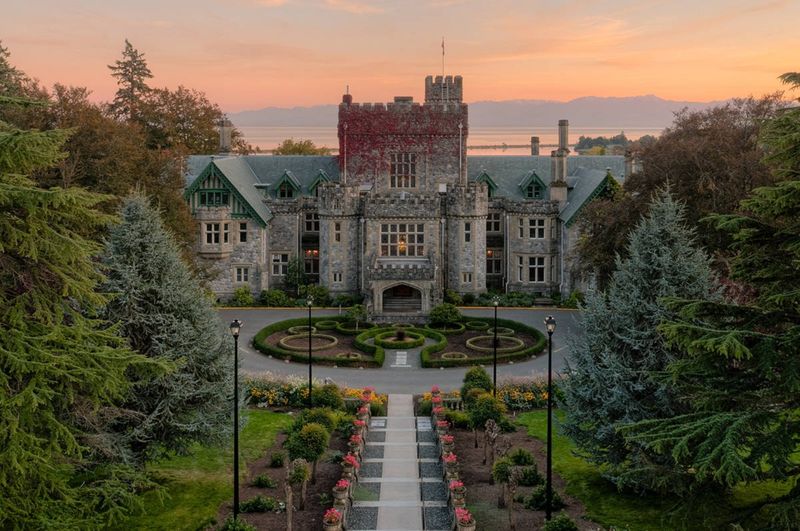
Hatley Castle is an architectural marvel in British Columbia, known for its role in the ‘X-Men’ series. Once a magnet for fans, the castle’s private ownership now limits public tours, preserving its historic integrity.
This iconic site, with its blend of history and popular culture, stands as a symbol of preservation amidst the pressures of fame and fandom. Its grandeur remains intact, visible from afar, a tribute to both architectural and cinematic marvels.
Hatley Castle’s story is one of balance, where the need for conservation meets the desires of film enthusiasts, each vying for a glimpse of this storied location.
9. Various film-set hotels and buildings – Vertigo, Rocky, Taxi Driver
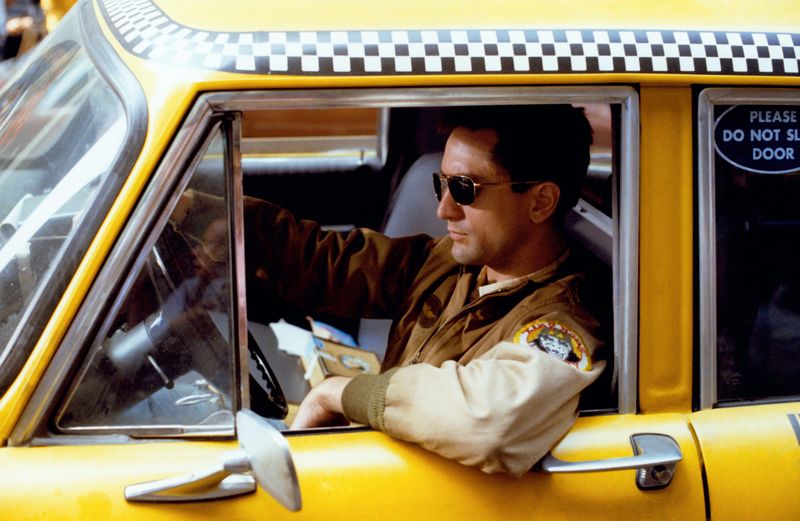
Various hotels and buildings that served as iconic backdrops in films like ‘Vertigo,’ ‘Rocky,’ and ‘Taxi Driver’ have undergone significant changes. Many have been demolished or extensively altered, erasing their cinematic legacy.
These transformations reflect the ever-evolving urban landscape, where history and modernity often collide. The nostalgia associated with these sites lingers, but their physical presence has been lost to time and progress.
Such changes pose questions about the preservation of cultural landmarks in the face of urban development, highlighting the challenges of maintaining cinematic history amidst modern demands.
10. Notting Hill Portobello Road (London, UK) – Notting Hill
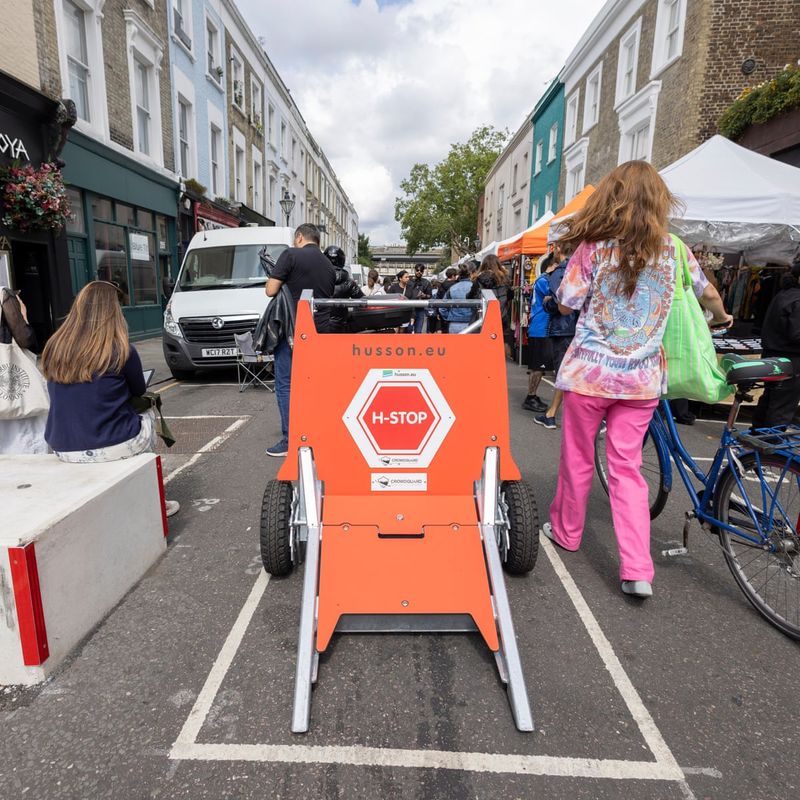
Portobello Road in London’s Notting Hill gained worldwide fame thanks to the film of the same name. However, permanent security barriers installed for counter-terrorism purposes have significantly disrupted its charm.
The vibrant atmosphere, once a draw for tourists and film fans alike, now feels altered. The road’s transformation underscores the impact of global security concerns on public spaces, altering the visitor experience.
Despite these changes, Notting Hill remains a beloved location, its colorful streets and market stalls continuing to attract those seeking a slice of cinematic history.
11. Chalcot Crescent (Hampstead, London) – Paddington films
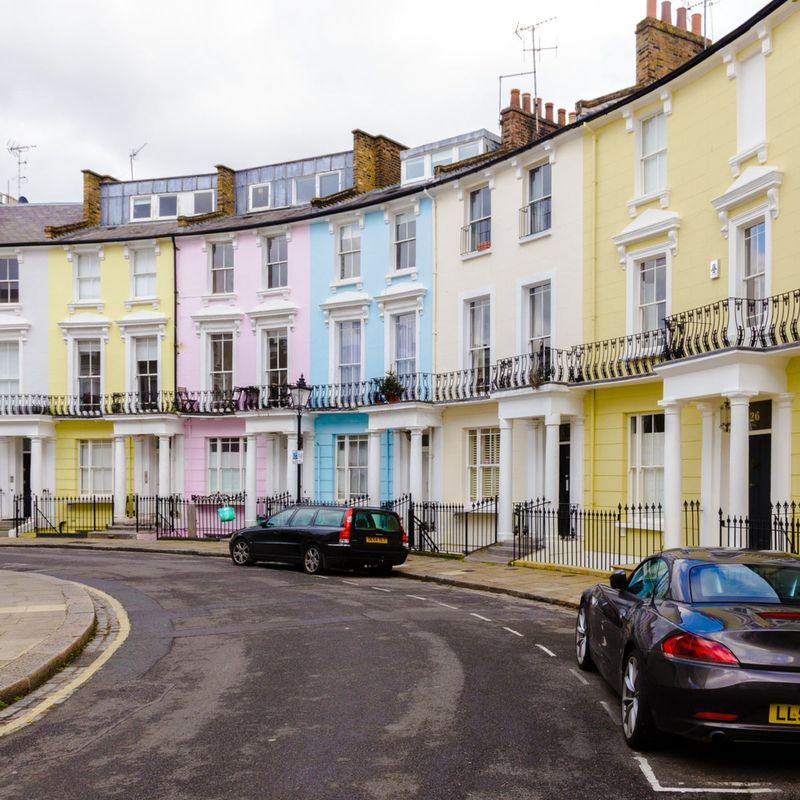
Chalcot Crescent, featured in the beloved Paddington films, has faced the challenges of fame head-on. Residents, overwhelmed by the influx of tourists, have voiced concerns over privacy.
This picturesque London street, with its pastel-colored homes, has seen social media-driven footfall disrupt its tranquility. As a result, visitation is no longer encouraged, reflecting the tension between local life and global interest.
The street’s story is a modern tale of fame’s double-edged sword, where charm and privacy clash in a world increasingly driven by digital footprints.
12. Dubrovnik Old Town (Croatia) – Game of Thrones, Star Wars
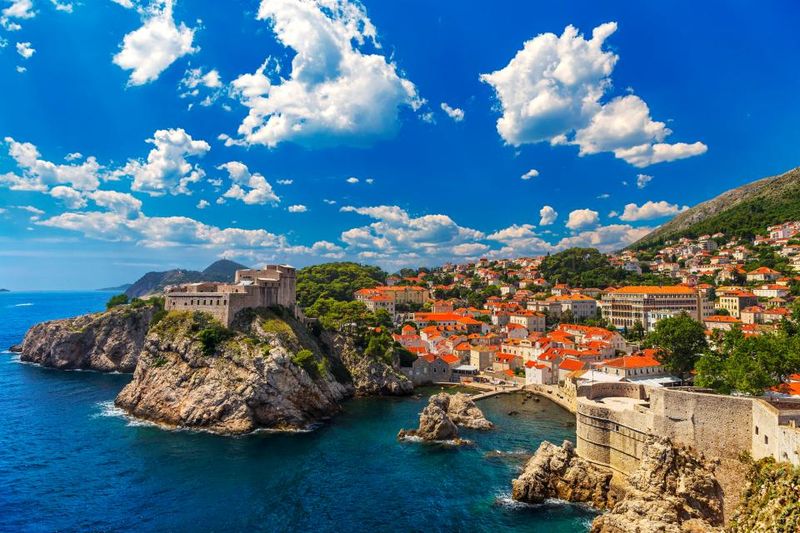
Dubrovnik’s Old Town, a UNESCO World Heritage site, captivated audiences as a filming location for both ‘Game of Thrones’ and ‘Star Wars.’ However, its fame brought challenges. Tourism restrictions and economic uncertainties have made visits heavily controlled.
The city’s ancient walls and cobbled streets tell stories of both history and modern fandom, making it a unique intersection of culture and entertainment. Yet, the delicate balance of preservation and popularity presents ongoing challenges.
Dubrovnik’s tale is one of a city shaped by both history and Hollywood, striving to maintain its identity amid global attention.
13. Certain fragile natural sites (e.g. Petra, Jordan) – featured in multiple films
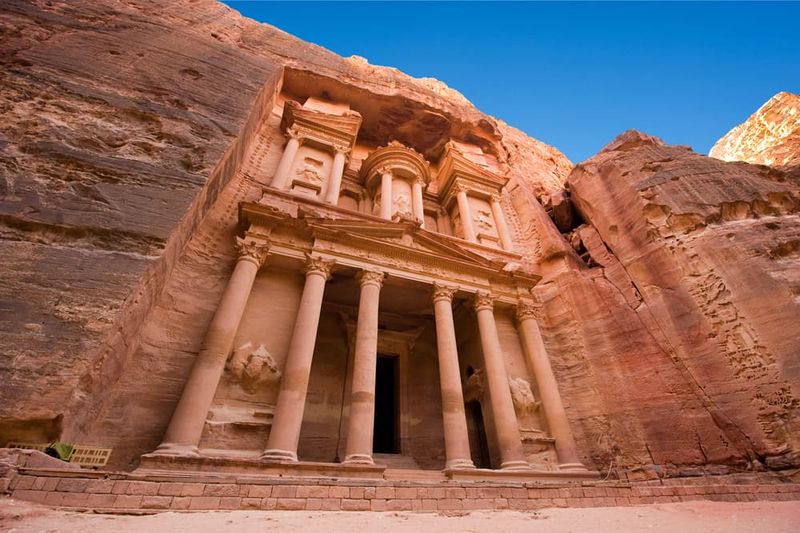
Fragile natural sites like Petra in Jordan, known for their cinematic appearances, now face strict restrictions to preserve their cultural and ecological heritage. These locations, celebrated for their beauty and history, have become no-go zones.
The decision to limit or ban tourism at such sites underscores a commitment to safeguarding their integrity for future generations. Petra, with its rock-cut architecture and storied past, exemplifies this delicate balance.
While access may be restricted, the allure of these sites remains, echoing the timeless stories etched into their landscapes, a reminder of the importance of preservation over profit.

